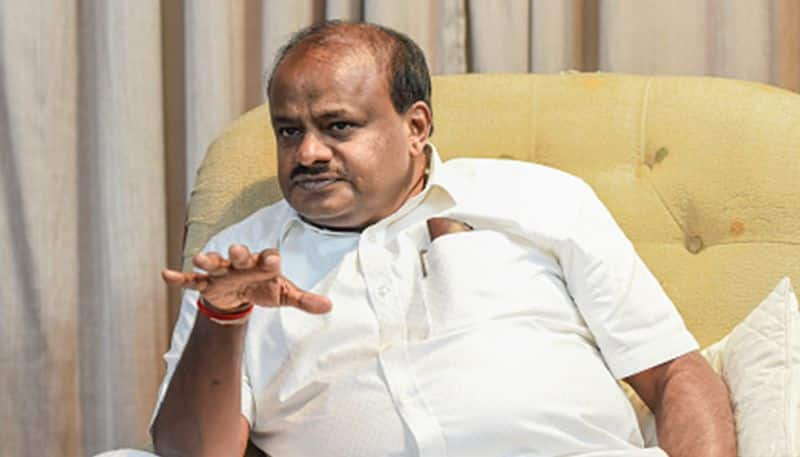Former Karnataka CM HD Kumaraswamy has questioned the timing of the light-a-lamp campaign asking the PM to give a scientific explanation behind it.
Bengaluru: At a time when we should all be standing as one in this hour of coronavirus pandemic, former Karnataka CM HD Kumaraswamy has questioned the timing behind the PM’s light-a-lamp campaign.
Also Read: This is how power grid is managed during 9 pm 9 minutes campaign
In his tweet, he said, “Has the PM slyly asked the nation to observe a candle light vigil on the eve of foundation day of BJP? April 6 being its foundation day, what else can explain the choice of date & time for this event? I challenge the PM to offer a credible scientific and rational explanation.”
Has the PM slyly asked the nation to observe a candle light vigil on the eve of foundation day of BJP? April 6 being its foundation day, what else can explain the choice of date & time for this event? I challenge the PM to offer a credible scientific and rational explanation.
— H D Kumaraswamy (@hd_kumaraswamy) April 5, 2020
1/3
The light-a-lamp campaign which Modi urged him countrymen to take part is an event in which lamps, torches or diyas have to be lit at 9 pm on April 5 for 9 minutes as a mark of solidarity and tell the entire country that it stands as one.
Though there are many instances of misinformation being spread that the flame helps kill coronavirus, it is not so.
The only intention behind PM Modi calling for this movement is to ensure that there is unity among the people of India.
Managing grid during light-a-diya campaign:
To manage the dramatic changes in electricity and its impact on the grid, the government has drawn an elaborate plan to manage it. Following are the broad plan of action.
Electrical appliances such as AC, fans, TVs, refrigerators are not supposed to be switched off and only household lights are to be switched off from 9 pm to 9.09 pm on Sunday.
Also, lights in all essential services, including hospitals, police stations and manufacturing facilities as well as street lights are not to be switched off.
Power System Operation Corp Ltd - the agency responsible for managing the grid - has mapped all India lighting load and estimated such demand at 12-13 gigawatts (out of a total consumption of 125-126 GW).
Unlike normal operation, this reduction in load of 12-13 GW would happen in 2-4 minutes and recover nine minutes later -- within 2-4 minutes. This sharp reduction in load and recovery, which is unprecedented, will need to be handled through hydro and gas resources.
The drop in load and subsequent rise will be managed by using hydro and gas generators that require the least amount of time for ramp-up.
All regional entities have been advised to maintain their interchange with the grid as per schedule.
Last Updated Apr 5, 2020, 11:46 AM IST











![Salman Khan sets stage on fire for Anant Ambani, Radhika Merchant pre-wedding festivities [WATCH] ATG](https://static-ai.asianetnews.com/images/01hr1hh8y86gvb4kbqgnyhc0w0/whatsapp-image-2024-03-03-at-12-24-37-pm_100x60xt.jpg)
![Pregnant Deepika Padukone dances with Ranveer Singh at Anant Ambani, Radhika Merchant pre-wedding bash [WATCH] ATG](https://static-ai.asianetnews.com/images/01hr1ffyd3nzqzgm6ba0k87vr8/whatsapp-image-2024-03-03-at-11-45-35-am_100x60xt.jpg)



